I am trying to fit some data that are distributed in the time following a rising gaussian curve, and then decaying exponentially. I have found this example on the web, that is very similar to my case, but I just started to fit with python, and the example seems quite confusing to me. Nonetheless, I have tryied to adapt the example to my script and data, and in the following is my progress:
#!/usr/bin/env python
import pyfits, os, re, glob, sys
from scipy.optimize import leastsq
from numpy import *
from pylab import *
from scipy import *
from scipy import optimize
import numpy as N
import pylab as P
data=pyfits.open('http://heasarc.gsfc.nasa.gov/docs/swift/results/transients/weak/GX304-1.orbit.lc.fits')
time = data[1].data.field(0)/86400. + data[1].header['MJDREFF'] + data[1].header['MJDREFI']
rate = data[1].data.field(1)
error = data[1].data.field(2)
data.close()
cond = ((time > 56200) & (time < 56220))
time=time[cond]
rate=rate[cond]
error=error[cond]
def expGauss(x, pos, wid, tConst, expMod = 0.5, amp = 1):
expMod *= 1.0
gNorm = amp * N.exp(-0.5*((x-pos)/(wid))**2)
g = expBroaden(gNorm, tConst, expMod)
return g, gNorm
def expBroaden(y, t, expMod):
fy = F.fft(y)
a = N.exp(-1*expMod*time/t)
fa = F.fft(a)
fy1 = fy*fa
yb = (F.ifft(fy1).real)/N.sum(a)
return yb
if __name__ == '__main__':
# Fit the first set
#p[0] -- amplitude, p[1] -- position, p[2] -- width
fitfuncG = lambda p, x: p[0]*N.exp(-0.5*(x-p[1])**2/p[2]**2) # Target function
errfuncG = lambda p, x, y: fitfuncG(p, x) - y # Distance to the target function
p0 = [0.20, 56210, 2.0] # Initial guess for the parameters
p1, success = optimize.leastsq(errfuncG, p0[:], args=(time, rate))
p1G = fitfuncG(p1, time)
# P.plot(rate, 'ro', alpha = 0.4, label = "Gaussian")
# P.plot(p1G, label = 'G-Fit')
def expGauss(x, pos, wid, tConst, expMod = 0.5, amp = 1):
#p[0] -- amplitude, p[1] -- position, p[2] -- width, p[3]--tConst, p[4] -- expMod
fitfuncExpG = lambda p, x: expGauss(x, p[1], p[2], p[3], p[4], p[0])[0]
errfuncExpG = lambda p, x, y: fitfuncExpG(p, x) - y # Distance to the target function
p0a = [0.20, 56210, 2.0] # Initial guess for the parameters
p1a, success = optimize.leastsq(errfuncExpG, p0a[:], args=(time, rate))
p1aG = fitfuncExpG(p1a, time)
print type(rate), type(time), len(rate), len(time)
P.plot(rate, 'go', alpha = 0.4, label = "ExpGaussian")
P.plot(p1aG, label = 'ExpG-Fit')
P.legend()
P.show()
I am sure to have confused the whole thing, so sorry in advance for that, but at this point I don't know how to go further... The code take the data from the web, so it is directly executable. At the moment the code runs without any error, but it doesn't produce any plot. Again, my goal is to fit the data with those two functions, how can I improve my code to do that? Any suggestion is really appreciated.
